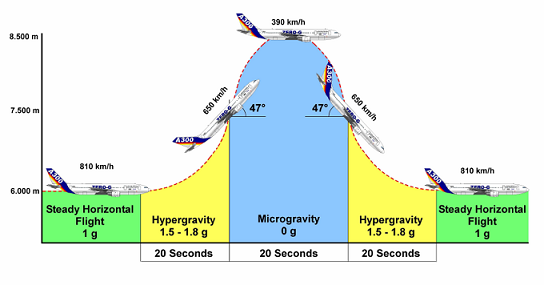Dust Collisions & Growth#
Review: []
Growth mechanism#
When Temperature inside PPD has decreased sub-micrometer to micrometer sized solid particles start to condense
- []
Particles are coupled to the gas (Orbiting at Keplerian speed) and this is what drives the relative speed of µm dust grains (ie more or less head wind relative to their size). Dust orbits the protostar at very high velocities but the relative velocities between particles in collisions can be very slow (few cm or a few mm per second). At such velocities a “bouncing barrier” exists []. Up to mm sizes the sticking is dominated by Van der Waals type forces, leading to the formation of fluffy aggregates. Past the km scale, gravity dominates [].
» Coagulation of dust and ice particles #
Nomenclature (from ref 2)
Grains(dust or ice) or sub µm in size and homogeneous in composition (1 material) - (Not really accurate is it ?)Agglomeratesare grains that can be heterogeneous in compositionPebblesmm to decimeter sized porous agglomerates (up to growth barrier when hit and stick regime stops)
Fig. 55 source: Formation of comets Blum 2022 - to reproduce better#
Formation of planetesimals from pebbles#
via streaming instability and subsequent gravitational collapse
Dust settling#
Streaming Instability#
Gravitational collapse#
Evolutionary alteration#
Leads to 3 different categories of evolved planetesimals
Icy pebble pilesIcy rubble / pebble pilesNon icy rubble pilesThey can be further subdivided depending on the evolution process
Experiments#
» Overview #
Note
- Insert Blum review paper
- Find and put collision videos
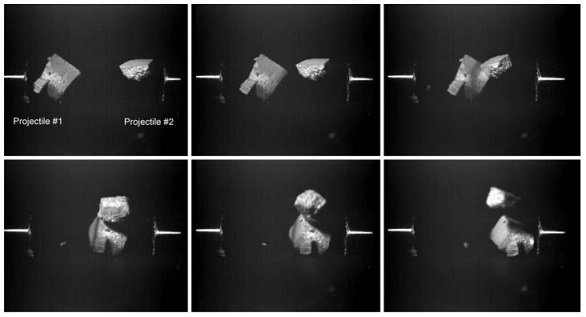
Fig. 59 source:#
» Important parameters #
Size of objects colliding #
Explanation
- Van der Walls forces when small particles
- Gravity past km size body
What is happening in the middle ?
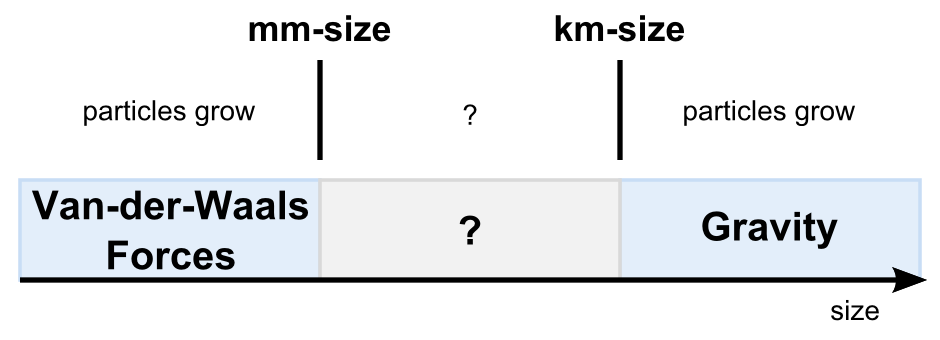
Fig. 60 source:#
Speed of colliding objects #
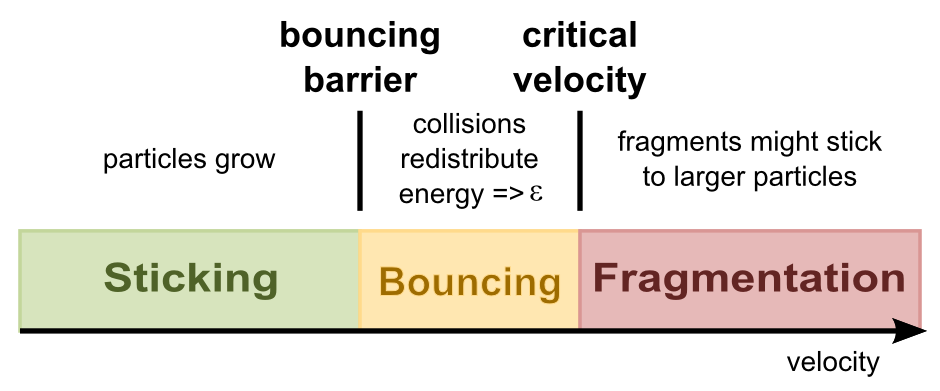
Fig. 61 source:#
Nature/Structure of the colliding object #
In the laboratory, a plethora of collision experiments have been conducted which clearly define the sticking bouncing and fragmentation regimes for small dusty particles at low velocities []. Those experiments, carried out with different dust composition (SiO2 / Carbon dust), have shown that in “pure dust” collisions, the dust material is less important than the grain size, the surface roughness and porosity.
- All of those could be investigated by SEM
- Lab is often in microgravity to reach low velocity while avoiding sedimentation []
The outcomes of these collisions provide vital data to modellers who want to understand how collision properties and outcomes impact the broader processes of planet formation. [23]
Bouncing barrier#
Those two figures comes from []
models of grain growth
Alongside the size of the colliding particles the relative velocity is also important
» Icy particles collision #
We know that in protoplanetary disks both crystalline [] and amorphous [Smith et al., 1989] ice-coated dust grains are present at and beyond the snow line. However, whilst the amorphous icy layers predominantly are formed in pre-stellar cores via chemical vapour deposition, we now know that most of this chemical “knowledge” is lost as star formation progresses, and consequently by the time icy grains are incorporated into planet-forming disks around newly formed stars, the icy material has been desorbed, processed and re-adsorbed possibly several times citation to extract. Therefore, the most representative amorphous ices of planet-forming icy grains are vapour deposited ASW []
Note
What is difference between chemical vapour deposition and vapour deposition
Aikawa 2012 may not be a good ref, check Deuterium fractionation papers
Ice collision properties#
Ice enhnaces the stickiness of interstellar grains []. No collisions between amorphous ice particles has been performed to date (even though they are present in PPD), the reason being the complex and metastable nature of amorphous ice which makes it difficult to produce, store and use. This is what I was trying to solve
[]
Note
Extract ice figure
- cite Neutron data above with this paper
The difference between Ice and Dust#
Note
insert Wang 2008 pictures
HGW ice grains#
I designed an experiment to produce Amorphous Ice grain analogues. HGW is similar to ASW.
The microgravity Ice collision experiments at the OU#
- []
Note
Insert barillet photo in the paper
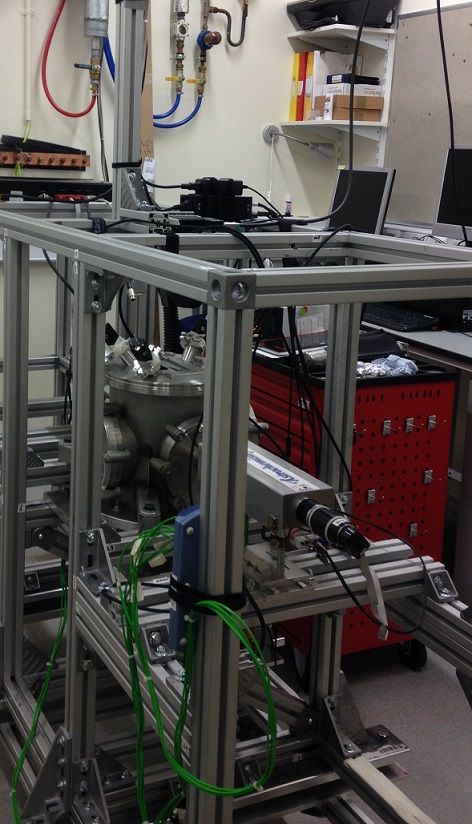
Fig. 65 source:#

